SUMMARY
This is AI generated summarization, which may have errors. For context, always refer to the full article.
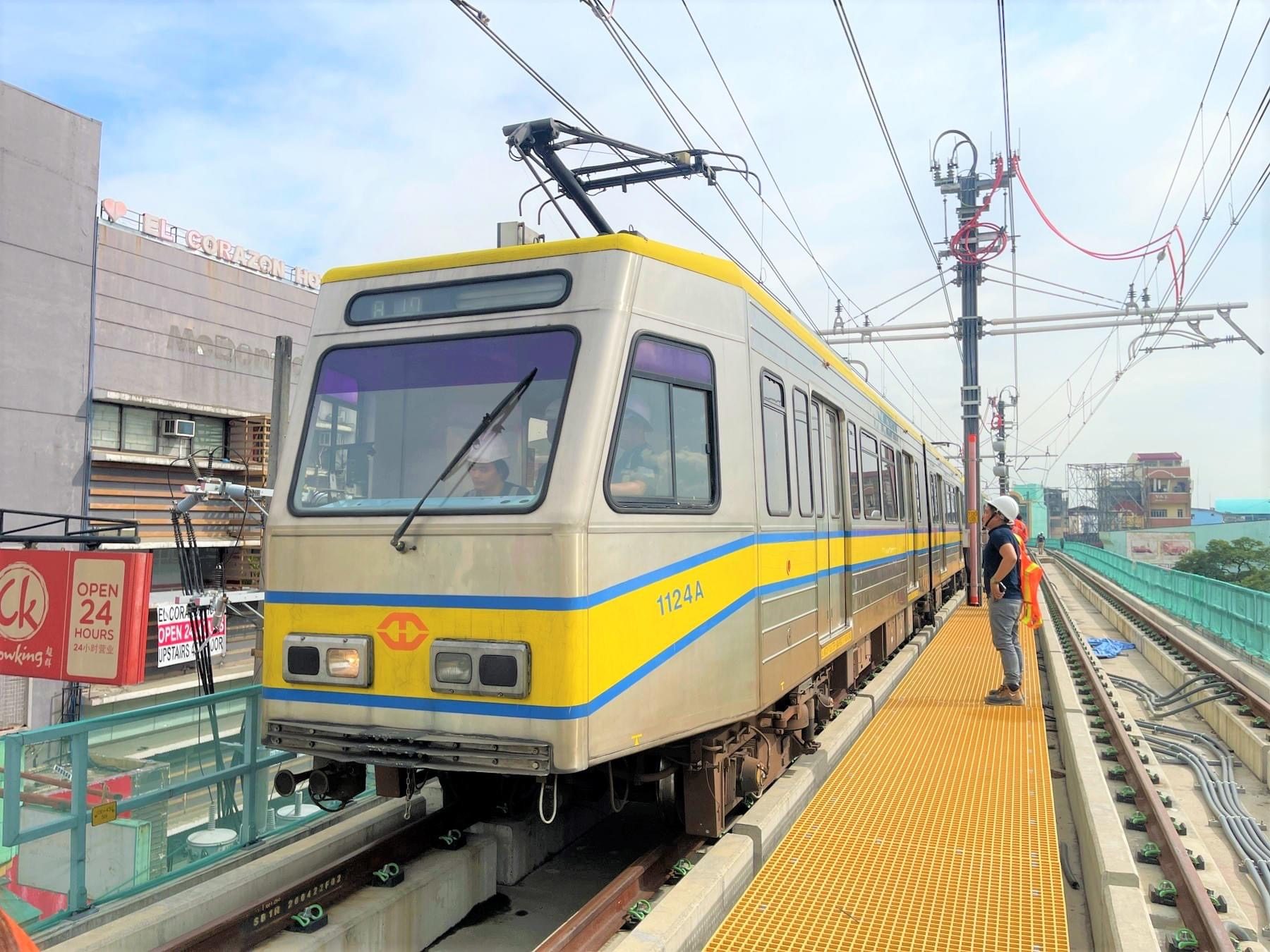
MANILA, Philippines – The Light Rail Transit Line 1 (LRT-1) Cavite Extension Phase 1 is one step closer to launch after it completed its first successful test run on December 19.
With the extension, Filipinos living to the south of the metro will soon be able to take the railway, which also connects to the Light Rail Transit Line 2 (LRT-2) and Metro Rail Transit Line 3 (MRT-3).
Here’s what you need to know about the LRT-1 Cavite Extension.
Stations
The Cavite Extension will connect from the existing southernmost station on the line, Baclaran Station. Phase 1 of the project includes five new stations running for 6.7 kilometers:
- Redemptorist Station
- Manila International Airport (MIA) Station
- Asia World Station
- Ninoy Aquino Station
- Dr. Santos Station
The MIA Station, like the name suggests, will be the closest station to the Ninoy Aquino International Airport (NAIA), although it will not connect directly to NAIA.
Meanwhile, Asia World Station will be directly connected to the Parañaque International Terminal Exchange or PITX, where commuters can board city and provincial buses.
There are three more stations planned aside from those in the first phase, namely:
- Las Piñas Station
- Zapote Station
- Niog Station
Once completed, the LRT-1 Cavite Extension is expected to cut travel time between Pasay City and Cavite from an hour and a half to just 25 minutes.
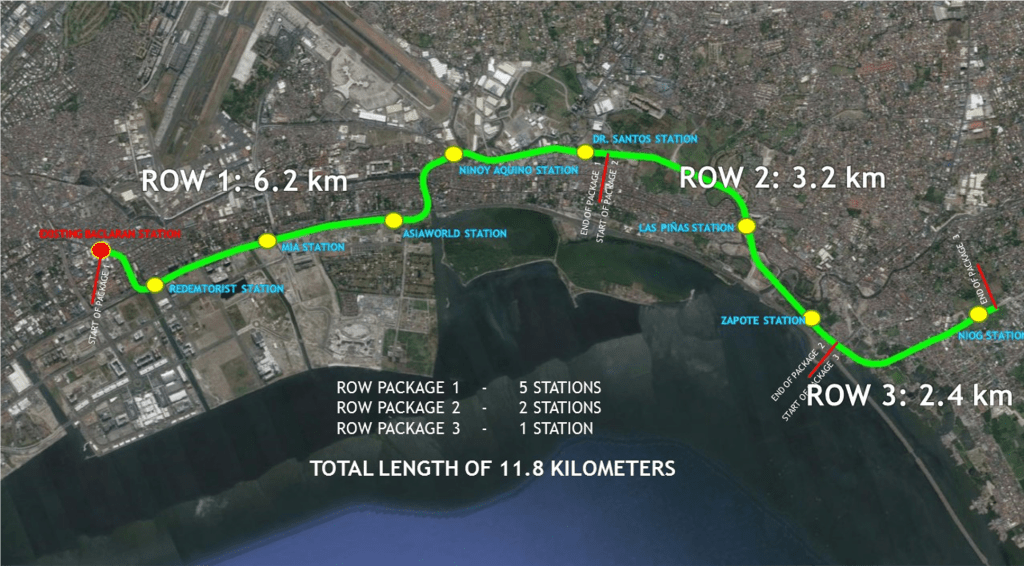
Fares
As of the moment, there are no confirmed fares yet for trips to any of the five stations. Normally, the fare matrix of railway operators must be approved by the Rail Regulatory Unit and the Department of Transportation secretary. (READ: Fare hikes for LRT1 and LRT2 to take effect by August 2)
Timeline
The Light Rail Manila Corporation (LRMC) first broke ground for the new stations in May 2019, with physical construction beginning on September 29, 2019. The project then faced delays due to the COVID-19 pandemic.
As of end-October 2023, the project was at a 95% progress rate for civil and system works. The LRMC targets to complete and operate the five stations by the last quarter of 2024.
Alstom – the LRMC’s engineering, procurement, and construction contractor – led the train test run on December 19. It was completed using a Generation 2 train set, which has the widest car body, to check for compatibility with station platforms, walkways, and cableways.
The LRMC plans to conduct more train test runs in the coming weeks using train sets of other generations traveling at various speeds and load capacities.
The contract for the Cavite extension project is handled by the LRMC, which is led by infrastructure giant Metro Pacific Investments Corporation and Ayala Corporation. – Rappler.com
Add a comment
How does this make you feel?
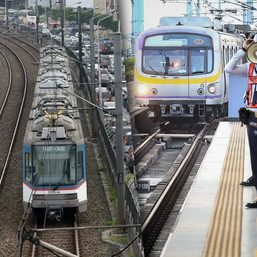
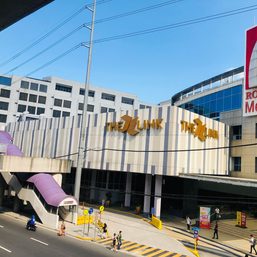

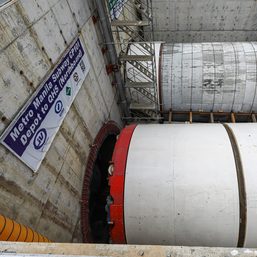
There are no comments yet. Add your comment to start the conversation.